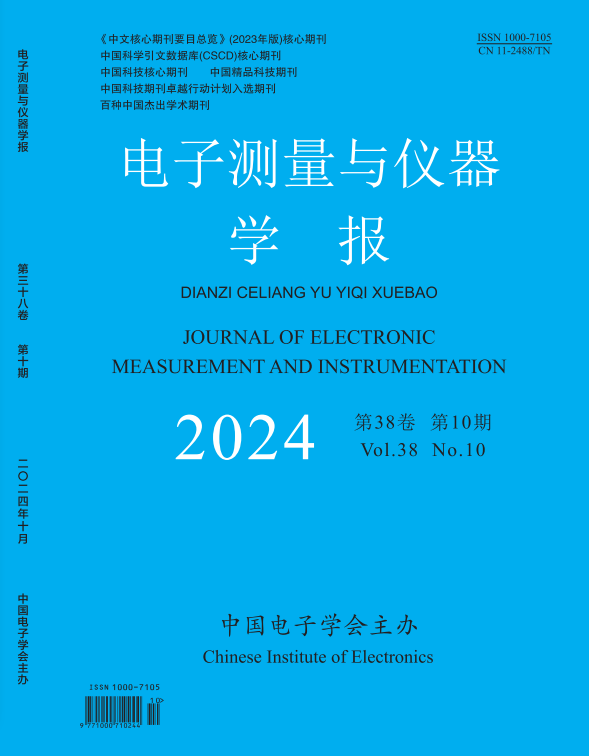2023, 37(6):101-113.
Abstract:In the process of aluminum alloy casting and high temperature rolling, non-contact nondestructive testing technology is used to
realize online monitoring and detection, which is of great significance to reduce production costs, ensure the continuity of production
lines, and improve product yield. Firstly, the finite element model of the laser EMAT testing process of aluminum alloy, which is excited
by pulsed laser beam and received only by the coil electromagnetic ultrasonic transducer (EMAT), is established. The influence of water
film surface restraint mechanism and silicon steel magnetic structure on the amplitude of excited multi-mode ultrasonic wave is analyzed.
The influence of the outer diameter, inner diameter, wire diameter, number of layers of the excitation coil and the receiving coil of the
coil electromagnetic ultrasonic transducer (EMAT) only on the ultrasonic receiving efficiency is studied. Secondly, the Laser EMAT test
of aluminum alloy was carried out to verify the influence of water film surface constraint mechanism, coil only EMAT design parameters
and silicon steel magnetic focusing structure on the detection echo amplitude. The results show that the ultrasonic echo signal amplitude
increases by 37. 76% and the signal-to-noise ratio increases by 17. 3 dB when silicon steel is used as the magnetic back plate of the
excitation coil under the constraint of the water film surface. When the laser energy is constant, the spot size is constant, the outer
diameter of the excitation coil is 12. 3 mm, the inner diameter is 1. 6 mm, the wire diameter is 0. 4 mm, and the number of layers is 2,
the coil impedance is consistent with the internal resistance of the circuit. The coil obtains the most energy and provides the strongest
radial bias magnetic field. When the outer diameter of the receiving coil is 14. 1 mm, the inner diameter is 1. 7 mm, and the wire diameter is 0. 26 mm, the ultrasonic receiving efficiency is the best.
